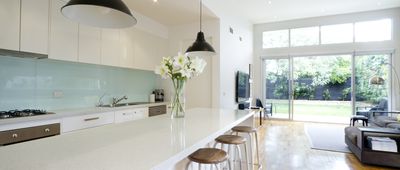Take These Cities for a Spin
There are a lot of benefits to owning a car, not the least of which is being able to travel whenever and wherever you want. But that freedom ain't free, according to AAA. It estimates that the average cost of owning a car is between $8,307 and $11,054 a year, depending on how much you drive. One way to minimize that cost is to ditch the car and take public transit or a rideshare service, bike, or walk instead. These cities make it easier for their residents to drive less and save more.































